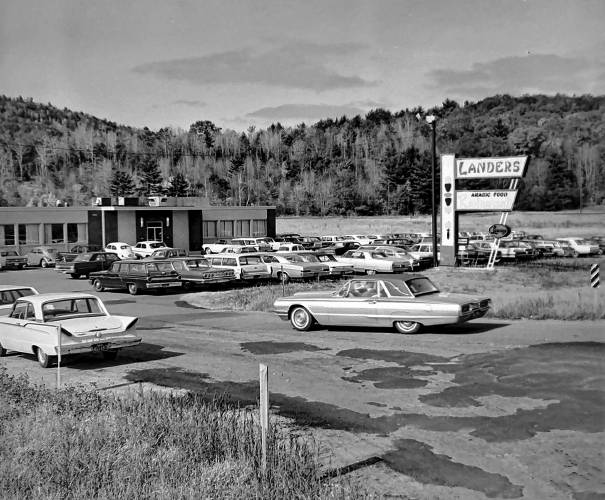
A Look Back: Upper Valley dining scene changes with the times
Before franchised fast food and corporate-owned restaurants hit the Upper Valley, there was a time when locally owned diners and a variety of family-run eating establishments flourished and produced many fond memories and much nostalgia. For at least...

Hurricanes earn 10-9 victory over U-32 in girls lacrosse
WHITE RIVER JUNCTION — The pass was perfect, a classic backdoor feed that arced from Paisley Danaher to Madison Barwood and resulted in the winning goal Saturday for the undefeated Hartford High girls lacrosse team.The strike lifted the host...
Most Read
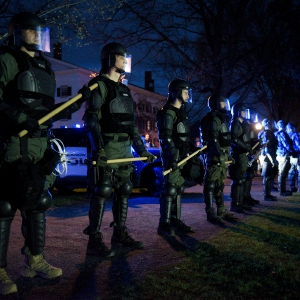 Kenyon: Dartmouth shows it has no patience for peaceful protest
Kenyon: Dartmouth shows it has no patience for peaceful protest
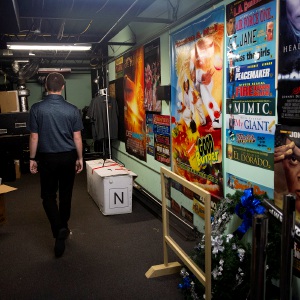 Claremont movie theater to close at end of May
Claremont movie theater to close at end of May
 Lebanon High senior comes to the aid of driver with health problem
Lebanon High senior comes to the aid of driver with health problem
 Editorial: Response to campus protests only adds fuel to the fire
Editorial: Response to campus protests only adds fuel to the fire
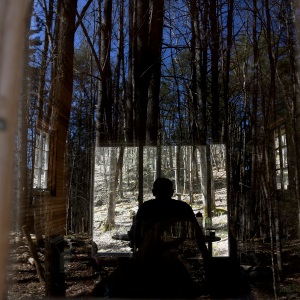 Norwich author and educator sees schools as a reflection of communities
Norwich author and educator sees schools as a reflection of communities
 Dartmouth moves swiftly to stymie demonstration, leads to 90 arrests
Dartmouth moves swiftly to stymie demonstration, leads to 90 arrests
Editors Picks
 Norwich author and educator sees schools as a reflection of communities
Norwich author and educator sees schools as a reflection of communities
 Editorial: Response to campus protests only adds fuel to the fire
Editorial: Response to campus protests only adds fuel to the fire
 Kenyon: What makes Dartmouth different?
Kenyon: What makes Dartmouth different?
 Publisher’s note: Valley News launches updated online app
Publisher’s note: Valley News launches updated online app
Sports

Lebanon High senior comes to the aid of driver with health problem
LEBANON — Those darn teenagers. No respect for their elders. Always on their smart phones. You know the narrative.You must not know Lebanon High senior Paddy Mooney, however. The 18-year old recently aided 63-year old Mary Anne Sculley, who was...
 Local Roundup: Hartford players reach career marks in girls lacrosse
Local Roundup: Hartford players reach career marks in girls lacrosse
 Oxbow softball at dynastic, dominant best
Oxbow softball at dynastic, dominant best
 Local Roundup: Hanover, Lebanon girls tennis teams are undefeated
Local Roundup: Hanover, Lebanon girls tennis teams are undefeated
 Local Roundup: Lebanon wins big over Bow in boys tennis
Local Roundup: Lebanon wins big over Bow in boys tennis
Opinion

Editorial: Chris Sununu’s moral vacuum
New Hampshire Gov. Chris Sununu’s conversion from “Never Trump” to “Ever Trump” occurred not on the road to Damascus but on the Republican Party’s road to perdition.On ABC News last Sunday, Sununu affirmed his intention to support Donald Trump for...
 Editorial: Gambling tarnishes America’s sporting life
Editorial: Gambling tarnishes America’s sporting life
 By the Way: A white nationalist’s many mistruths
By the Way: A white nationalist’s many mistruths
 Column: The age-old question of what to read
Column: The age-old question of what to read
 Editorial: Transparency wins in NH Supreme Court ruling
Editorial: Transparency wins in NH Supreme Court ruling

Photos

In the garden
Sandy Gourley, 76, walks her Lebanon yard, looking at the trees, rocks and sprouting spring flowers. Gourley said she looks forward to working on her landscaping projects, but some recent health problems have slowed her down. “This is what I like to...
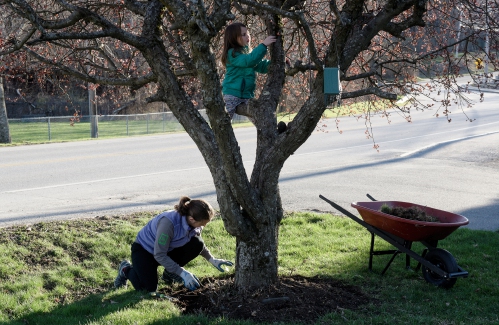 Spring cleanup in Lebanon
Spring cleanup in Lebanon
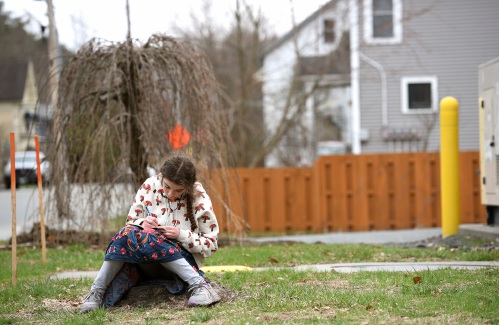 Drawn to dragons
Drawn to dragons
 Clear and free in Hartford
Clear and free in Hartford
 Ramping up their foraging
Ramping up their foraging
Arts & Life
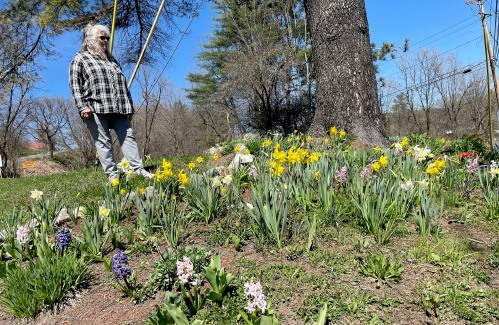
From dirt patch to a gateway garden, a Randolph volunteer cultivates community
RANDOLPH — On a sunny afternoon in late April, a woman with a shock of white curls was hunched over a corner of a park, digging intently in the dirt.Local resident Rosalind Burgess, 75, has been working to beautify that particular corner of town —...
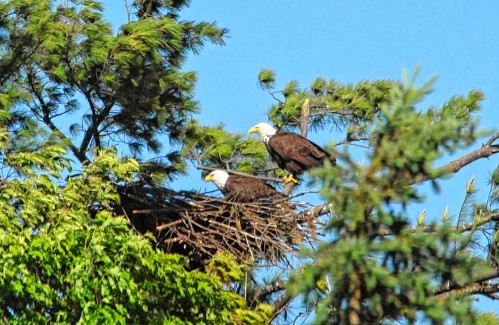 Bald eagles are back, but great blue herons paid the price
Bald eagles are back, but great blue herons paid the price
Obituaries
 Virginia Champney
Virginia Champney
Charlestown, NH - Virginia R. Champney, age 92, passed Saturday, March 2, 2024. A graveside service will be held at 3:00pm on May 18, 2024 at the Oakland Cemetery in Springfield, VT. ... remainder of obit for Virginia Champney
 Phyllis Bulmer
Phyllis Bulmer
Ashland, OR - Phyllis Bulmer passed away at home on April 13th, 2024, in Ashland, Oregon at age 93. She lived with her husband Jim in Bridgewater, Vermont for 28 wonderful years at their beloved home Uppermowing. In 2020 they moved to M... remainder of obit for Phyllis Bulmer
 Andre' Dufresne
Andre' Dufresne
Claremont, NH - Andre' Dufresne, age 77, passed Saturday, March 9, 2024. Saturday, May 18th from noon to 2 PM at the American Legion Post #29 in Claremont, NH. A luncheon will be provided. A Funeral Mass will be held on Saturday, J... remainder of obit for Andre' Dufresne
 William Nelson
William Nelson
Springfield, VT - The Reverend William E. Nelson, age 79, passed Wednesday, November 15, 2023. A Memorial Service will be held at 1:30pm on May 19, 2024 at the Davis Memorial Chapel in Springfield, VT ... remainder of obit for William Nelson


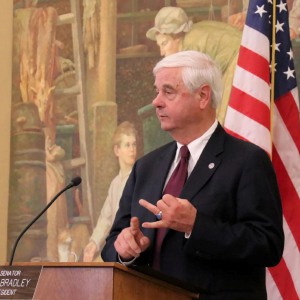 NH Senate President Jeb Bradley to retire after a 32-year career in politics
NH Senate President Jeb Bradley to retire after a 32-year career in politics
 David Zuckerman is seeking reelection to lieutenant governor’s office
David Zuckerman is seeking reelection to lieutenant governor’s office
 The future of fertilizer? Pee, says this Brattleboro institute
The future of fertilizer? Pee, says this Brattleboro institute
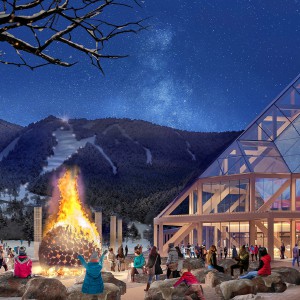 Killington is the East’s largest ski resort. A developer wants to expand on that in a big way.
Killington is the East’s largest ski resort. A developer wants to expand on that in a big way.
 New Hampshire jury finds state liable for abuse at youth detention center and awards victim $38 million
New Hampshire jury finds state liable for abuse at youth detention center and awards victim $38 million
 Stevens, Newport baseball split high-scoring games
Stevens, Newport baseball split high-scoring games

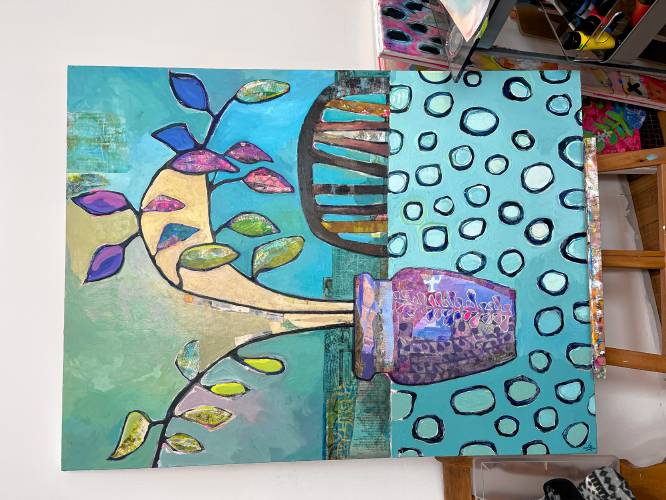 Out & About: Newport art center’s exhibition celebrates homes of all varieties
Out & About: Newport art center’s exhibition celebrates homes of all varieties JAG Productions announces closure, citing ‘crisis facing the arts’
JAG Productions announces closure, citing ‘crisis facing the arts’
